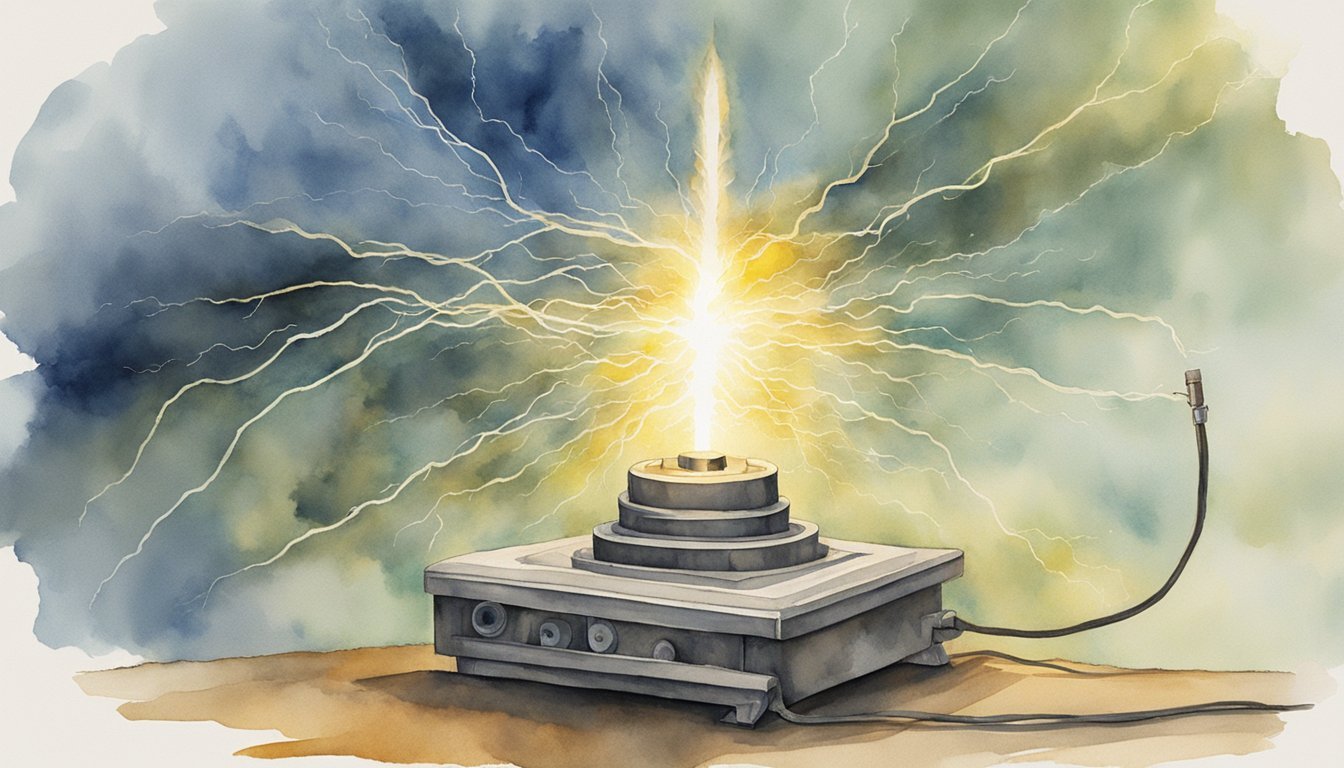Origins of Electricity
Early Observations
The story of electricity dates back to ancient times when people discovered that rubbing certain materials, such as amber, created static electricity. It is believed that Thales of Miletus, an ancient Greek philosopher, first observed this phenomenon around 600 BCE. He noticed that when amber was rubbed with fur, it could attract small objects like feathers. Although this discovery was quite simple, it laid the groundwork for future exploration of this mysterious force.
Scientific Inquiry and Theories
Fast forward to the late 16th century, when an English physician named William Gilbert started conducting systematic experiments on electricity and magnetism. He discovered that many other substances, besides amber, could generate electric charges when rubbed. He also introduced the terms “electric force” and “electric attraction” and was the first person to use the word “electricity.”
In the 18th century, Benjamin Franklin’s famous experiments with lightning brought a new understanding of the relationship between electricity and atmosphere. Through his experiments, Franklin demonstrated that lightning is a form of electricity and established the idea of positive and negative electric charges.
Key Inventors and Experiments
A significant progress in understanding electricity came from the works of two Italian scientists in the late 18th century. In 1780, Luigi Galvani observed that dissected frogs’ legs twitched when connected to metal, which led him to propose the concept of “animal electricity.” This phenomenon, later known as Galvanism, inspired Alessandro Volta to develop the world’s first electric battery, the voltaic pile, in 1800. It was a device capable of producing a continuous electric current, which opened the door for further experimentation in the field of electricity.
During the 19th century, scientists like Michael Faraday made significant strides in understanding the relationship between electricity and magnetism. Faraday is known for inventing the electric dynamo, a device that paved the way for the electric motor. He also discovered electromagnetic induction, which became the basis for many applications, including generators and transformers.
The origins of electricity are filled with a myriad of fascinating facts and little-known experiments. The timeline spans from the early observations of Thales of Miletus with amber and static electricity, to the voltaic pile invented by Alessandro Volta, and the groundbreaking experiments conducted by Michael Faraday. Although these inventors and their experiments are just the tip of the iceberg, they provide a solid foundation for understanding the history and development of electricity.
Evolution of Electrical Technologies

Advancements in Electrical Power
The study of electricity can be traced back to the ancient Greeks, who discovered static electricity by rubbing amber with fur. However, it wasn’t until the works of notable scientists and inventors like Benjamin Franklin and Alessandro Volta that substantial progress was made in understanding electrical phenomena. In the 19th century, Michael Faraday laid the groundwork for practical applications of electricity by discovering electromagnetic induction and inventing the electric motor.
By the 1870s, Zénobe Gramme developed the first large-scale direct-current (DC) generator, paving the way for the world’s first power plant to open in Godalming, England, in 1881. Almost concurrent with these advancements was Thomas Edison’s invention of the lightbulb in 1878, which spurred demand for electric power.
Impact on Society and Industry
Electricity revolutionized society and industry, with Edison’s development of power systems and the advent of electric motors for use in factories, transportation, and communication. Meanwhile, inventors like George Westinghouse and Nikola Tesla explored the potential of alternating current (AC), which became the dominant form of electricity distribution.
In the realm of communication, scientists like Guglielmo Marconi and Heinrich Hertz contributed to the development of radio technology by building on studies of electromagnetic waves. These advances eventually laid the foundation for modern telecommunications, computer networks, and digital media.
Modern Electrical Innovations
The 20th century saw a multitude of electrical breakthroughs, such as the invention of integrated circuits, which led to the miniaturization of electronic devices and the rise of personal computing. The Nobel Prize-winning discovery of superconductivity paved the way for powerful electromagnets, high-speed trains, and advanced sensing technologies.
Furthermore, innovations in battery technology enabled portable electronics and electric vehicles, bolstering the drive toward sustainable energy sources. As or today, research into materials like graphene promises to revolutionize various sectors, from energy storage to computing and beyond.
Throughout history, electricity has played a crucial role in shaping human civilization by providing a powerful means to explore and harness the natural world. The ongoing advancements in electrical technologies continue to drive progress in science, industry, and everyday life, underscoring the immense impact of these discoveries on society.

